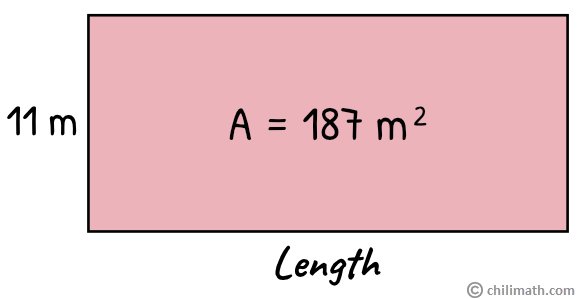
This is a simple inquiry-based way to introduce the idea using their prior knowledge, intuition and spatial reasoning.įrom here, we can now start formalizing these student generated solutions to come up with the formula for the area of a rectangle: The hope for this set of visual prompts is to give students an opportunity to “play” with area without being pre-taught ahead of time. Note here that I’ve shown 7 groups of 5 here, but I’m also asking for students to try to calculate another way. However, also notice that I haven’t used the word calculate and instead use the softer words: how many? Notice that I haven’t used the language estimate since students have enough information to determine precisely how many squares it will take to cover the area of the blue rectangle. Now, students are encouraged to determine how many. In the last visual prompt set, we give students the length and width of the rectangle in square tiles. Students can now celebrate when they see how many squares can actually cover the rectangle:

Are any students willing to GUARANTEE their estimate is precise? How come? Act 3: The Big Reveal Give children some think time and have them CONVINCE you of their most recent estimate. You could also simply cut out squares and have them try their best to represent based on what they see in order to help them build their diagrammatic skills and manipulation skills.Īfter students are given time to share their initial estimates, you can reveal the following visual prompt:īoom. Here, students are now able to go ahead and try to make an estimate using spatial reasoning skills only. Here’s an image of what students/children will be looking at when you are instructed to pause the video:Īfter students share what they notice and wonder, you can then show them the next portion of the video until you’re instructed to pause. Let’s get started… Spark Curiosity: What Do You Notice? What Do You Wonder?Īsk students “What do you notice? What do you wonder?” to spark curiosity and pause where indicated in this video.

In this Math Is Visual Prompt, students are given the opportunity to wrestle with the idea of area in particular the area of a rectangle through a concrete and visual set of curious experiences. In order to maximize the concreteness of this activity, my suggestion is for square tiles or linking cubes to be out and available and have students try to make their estimates using the concrete materials.
#Finding the area of a rectangle series#
Let's tackle Area of a Rectangle conceptually using a series of visual prompts to help students generate the formula for finding the area of ANY rectangle!


 0 kommentar(er)
0 kommentar(er)
